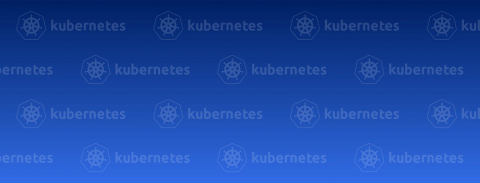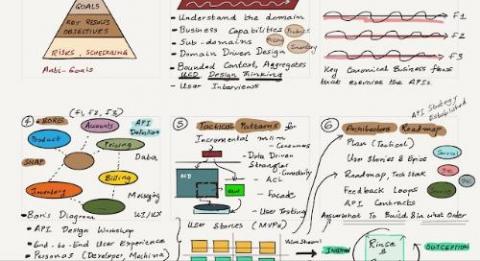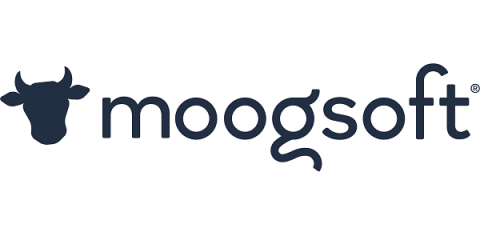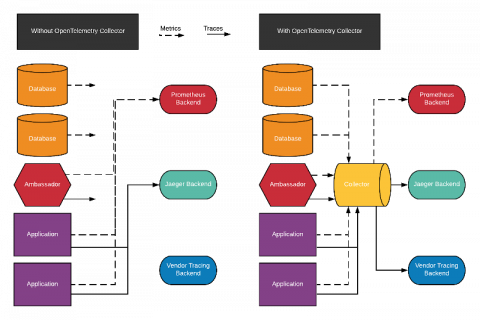Markley Group Gains Better Visibility, Automation with OpsRamp
Markley Group is a Boston-based data center leader that provides co-location and private cloud services through a three-million square foot data center portfolio. The company was founded in 1991, when there was no such thing as the cloud. Today, many of its customers are experimenting in public cloud but often have workload requirements which are better suited or more affordable running on private infrastructure, according to Patrick Houston, Director of Engineering at Markley Group.











